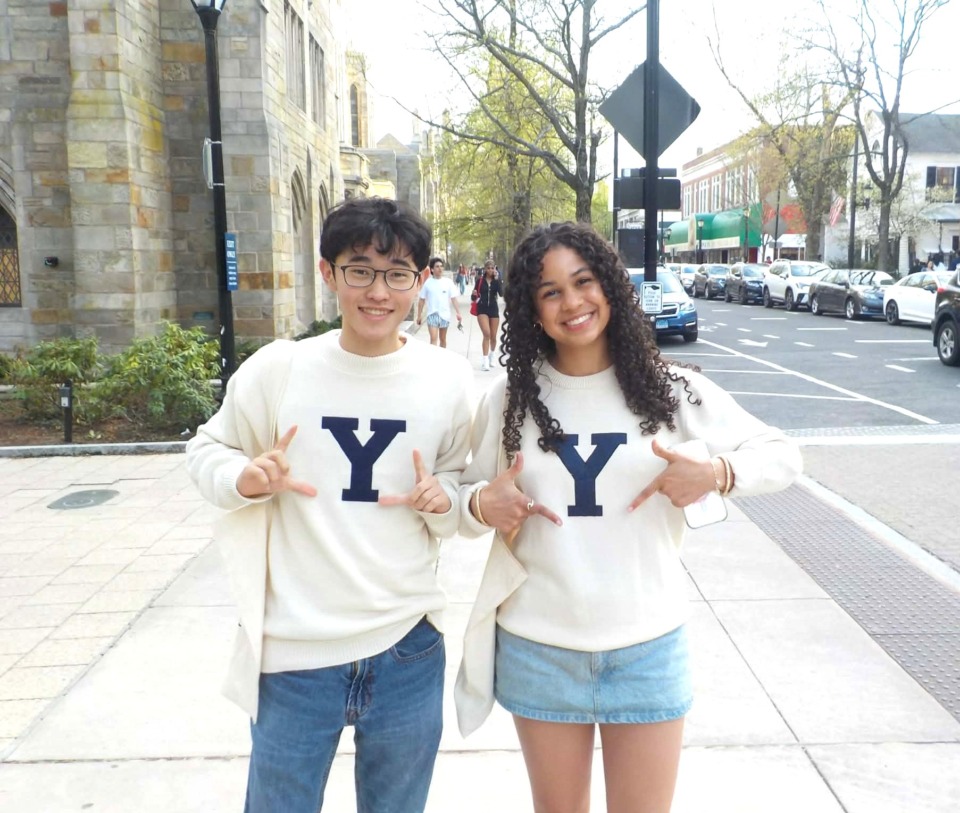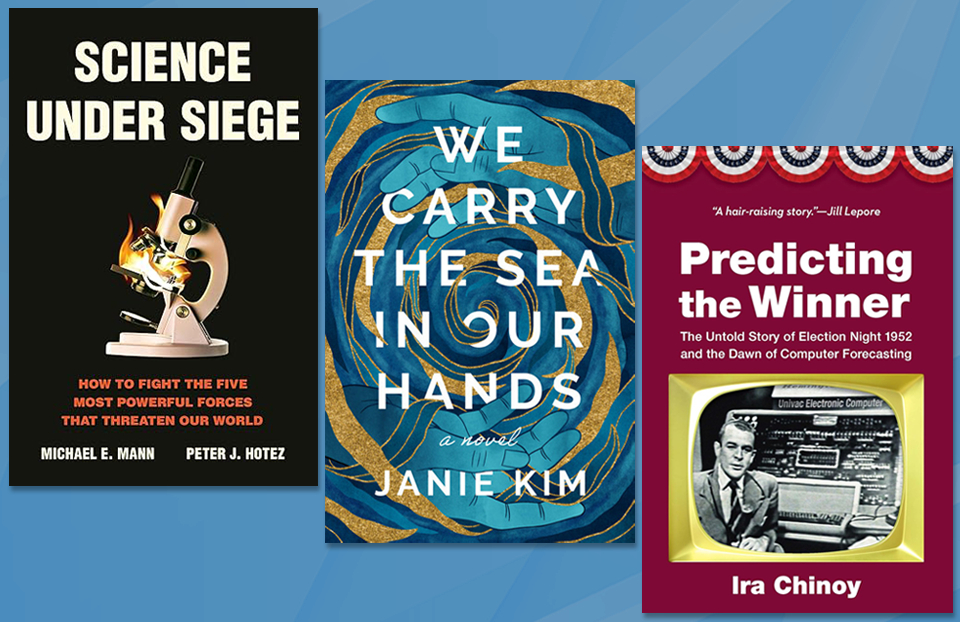Intel ISEF alum encourages students to “Do Good Well”
Nina Vasan, Intel ISEF 2002 Young Scientist award winner, returned to Intel ISEF this year to present symposia sessions to attendees about the “Do Good Well” concept. Nina, now a psychiatrist at Stanford, is also a contributing author of “Do Good Well,” a book that helps people apply their research to real-world problems. She conducted two symposia on helping students take their Intel ISEF research to the next level, one for students and one aimed at teachers and science fair directors.
Along with winning one of the Young Scientist awards, Nina also had the chance to attend the Nobel Prize ceremonies, where H. Robert Horvitz, Chair of the SSP Board of Trustees, received his Nobel Prize in Physiology or Medicine. She talked about how it was a fantastic experience, and that one of the most memorable moments was that during his acceptance speech, he talked about how his commitment to social responsibility was what he most wanted to pass on to young scientists.
In the student session, Nina had students work together in small groups to share the impact their project can have on the world. She encouraged them when talking about their research, whether to the judges at Intel ISEF or to friends and family back home, to include why their particular research is important in their standard description. She added that not only is this important to help non-scientists understand your research, but also as you move forward in your career. Students, regardless of whether they end up working for private companies, non-profits, or government agencies will need to rely on other people for assistance and funding. Being able to describe the goal and social impact of their projects is essential.
She lauded the students for their commitment to using science to solve social problems and make a meaningful impact, while telling the audience, “My fellow Intel ISEF competitors offered insight and were inspirational. I want to give you the chance to work together.” After their group breakouts, students were invited up to do a brief presentation about their research and answer questions from other finalists and student observers in the audience. Examples of some of the projects presented included research on hydroponics and the nutrient content of plants, an algorithm used to measure the boundaries of cells, experimenting with the types of coating used on pills and measuring the effect on drug delivery, filters made of organic material, and an antenna that captures photons out of the air.
Nina closed by encouraging all of the students to think about what they want to do with the results they’ve found and stressing the importance of conducting research not just for competitions like Intel ISEF, but that has a greater impact on society at large.


